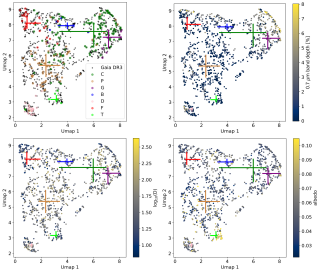
La investigadora del Instituto de Astrofísica de Canarias, Adriana de Lorenzo-Cáceres Rodríguez, recibió este jueves 19 de septiembre el título de Hija Predilecta de la isla de Tenerife de manos de la presidenta del Cabildo insular, Rosa Dávila Mamely en un acto en el Auditorio del Tenerife donde la institución insular rindió homenaje a destacadas entidades y personalidades que han contribuido de manera excepcional al desarrollo y bienestar de la sociedad tinerfeña En el caso de Adriana de Lorenzo-Cáceres Rodríguez, el reconocimiento tiene lugar "por su labor en la Astrofísica y la defensa
Advertised on




